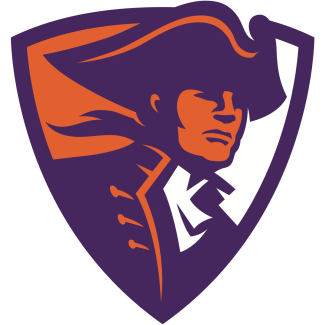This article appears in the December edition of US Lacrosse Magazine. Don’t get the mag? Join US Lacrosse today to start your subscription.
The as-told-to paradigm of storytelling has existed for centuries. A person’s words are portrayed through the prism of a writer who asks him or her deeply personal questions. It’s an intimate form of journalism, and actually really difficult to pull off.
We admire athletes for their feats of strength on the field. But 2018, for me, was about the power of an athlete’s voice.
Producing this Best of Lacrosse edition, I’m reminded of the gripping first-person testimonials we’ve published. From the accounts of several black players living as minorities in the sport to an official’s visceral struggle with mental health and an oral history of one of the greatest games in the sport’s history, these pages flourished in the simplicity of this creative archetype.
Our friends at Inside Lacrosse recently produced a Players Issue anchored by similarly personal accounts of players like Liz Hogan, who wrote about both the difficulty and acceptance she found in the sport as a gay athlete, and Connor Fields, who performed at an All-American despite devastating knee injuries.
No one boasts a bigger voice or broader platform than Paul Rabil, whose bold vision for the pro game has come to life in the form of the Premier Lacrosse League. Something tells me we’ll look back on the advent of the PLL as the most historic development of 2018.
Rabil has made a living out of lifting the veil and letting people into his world via social media — be it how he trains and innovates or, more personally, how he copes with learning differences. Part of his mission with the PLL is to empower and enable others to do the same.
We have a responsibility to use lacrosse as a lighthouse to illuminate the human condition, while continuing to celebrate everything we already love about the Creator’s Game.


























































